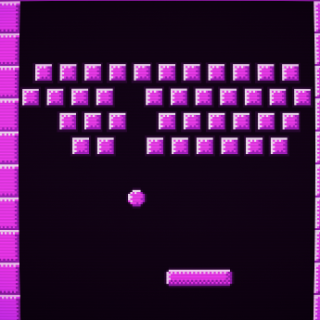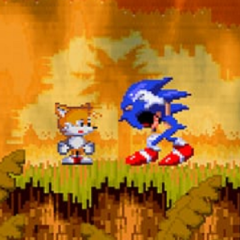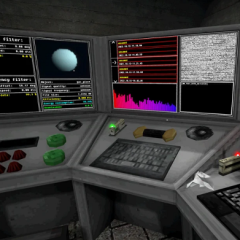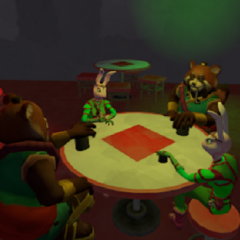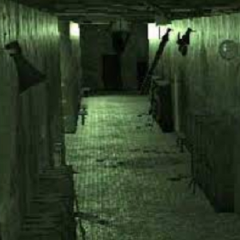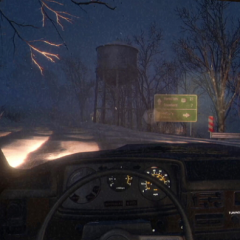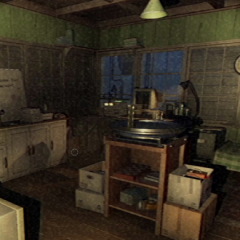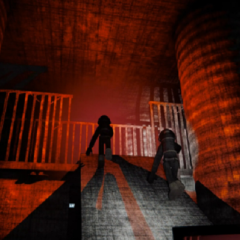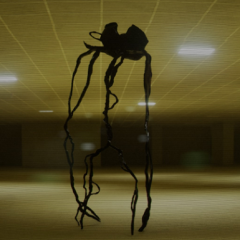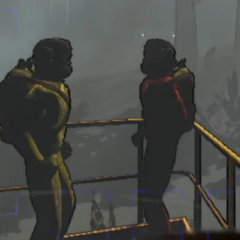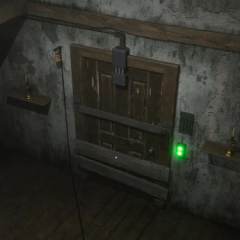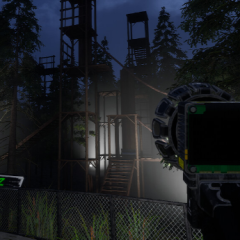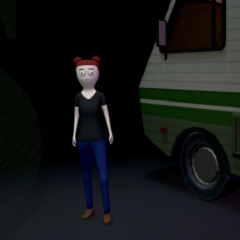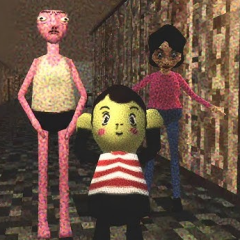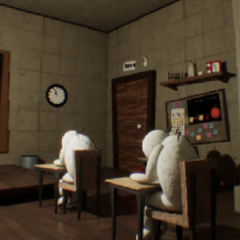THERE IS NO GAME
There Is No Game is an interactive puzzle and narrative experience that challenges the traditional definition of what a game should be. The title suggests an absence of gameplay, but instead it guides the player through unconventional mechanics and surprising scenarios. The player must interact with elements on the screen, often breaking usual rules of design, to uncover hidden paths forward. Rather than a fixed sequence, progress comes from experimenting with unusual interactions.
Gameplay Mechanics
The structure is based on puzzles that do not follow standard formats. Objects on the screen may look decorative but can be manipulated to trigger progress. The narrator provides commentary, sometimes guiding, sometimes misleading, creating a layer of interaction beyond the puzzles themselves. Each stage changes style, referencing different genres or game traditions while altering the way the player interacts with the system.
Core features in There Is No Game include:
· puzzles that require unconventional thinking
· narrator interaction that responds to player actions
· frequent shifts in style and presentation
· hidden clues within dialogue or screen objects
· progression that depends on experimentation
These features combine to produce gameplay where discovery is not about skill execution but about curiosity and persistence.
Story and Interaction
Although the premise begins with the statement that no game exists, a story gradually develops. Characters appear, conflicts emerge, and the player becomes part of the narrative despite the initial denial. The relationship with the narrator becomes central, as their commentary reflects the player’s actions and decisions. This dynamic creates a dialogue between system and player, making narrative progress feel personal and reactive.
Progression and Variation
Each segment introduces new mechanics and puzzles, ensuring variation from beginning to end. Some sections imitate classic genres, while others remove most recognizable structures altogether. The absence of repetition keeps the player uncertain of what to expect next. Progress is marked not by scores or levels but by unlocking new narrative layers and moving deeper into the unusual structure of the experience.
The aim of There Is No Game is to explore interactivity itself. Instead of offering combat, racing, or conventional objectives, it asks players to pay attention, to experiment, and to question assumptions. Success comes from persistence, observation, and willingness to try unconventional actions. The experience demonstrates how a title can reject traditional categories while still offering meaningful engagement.
